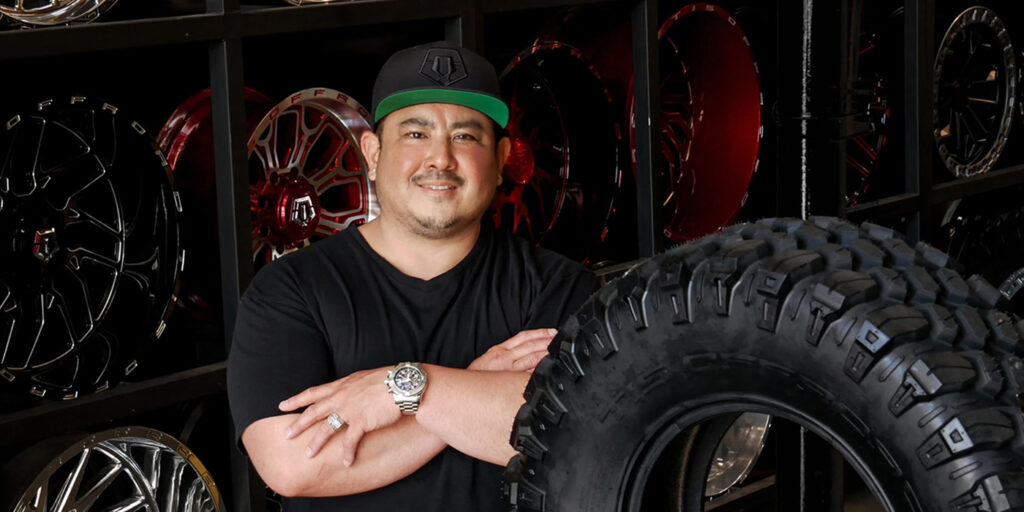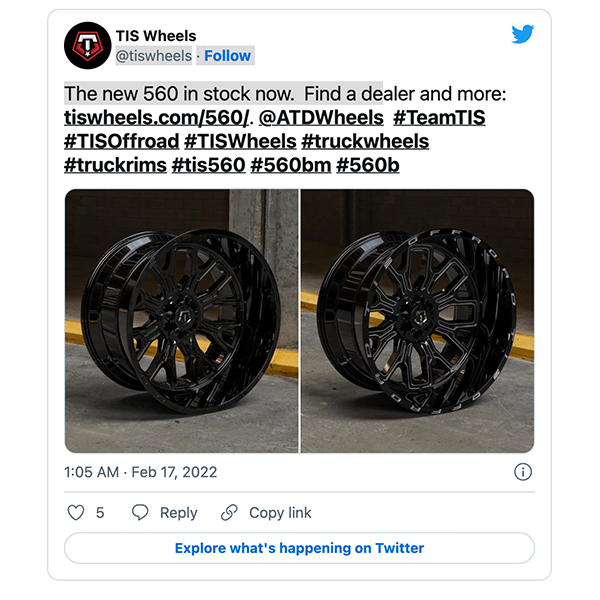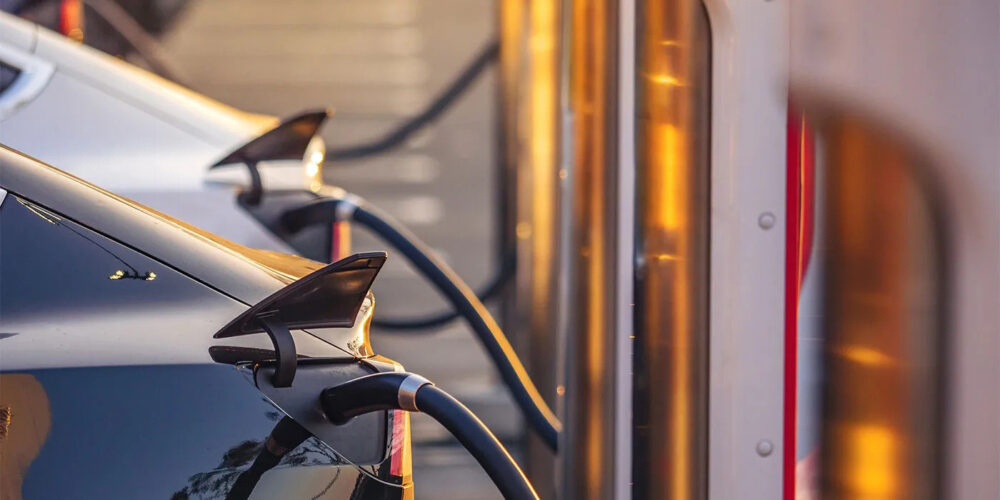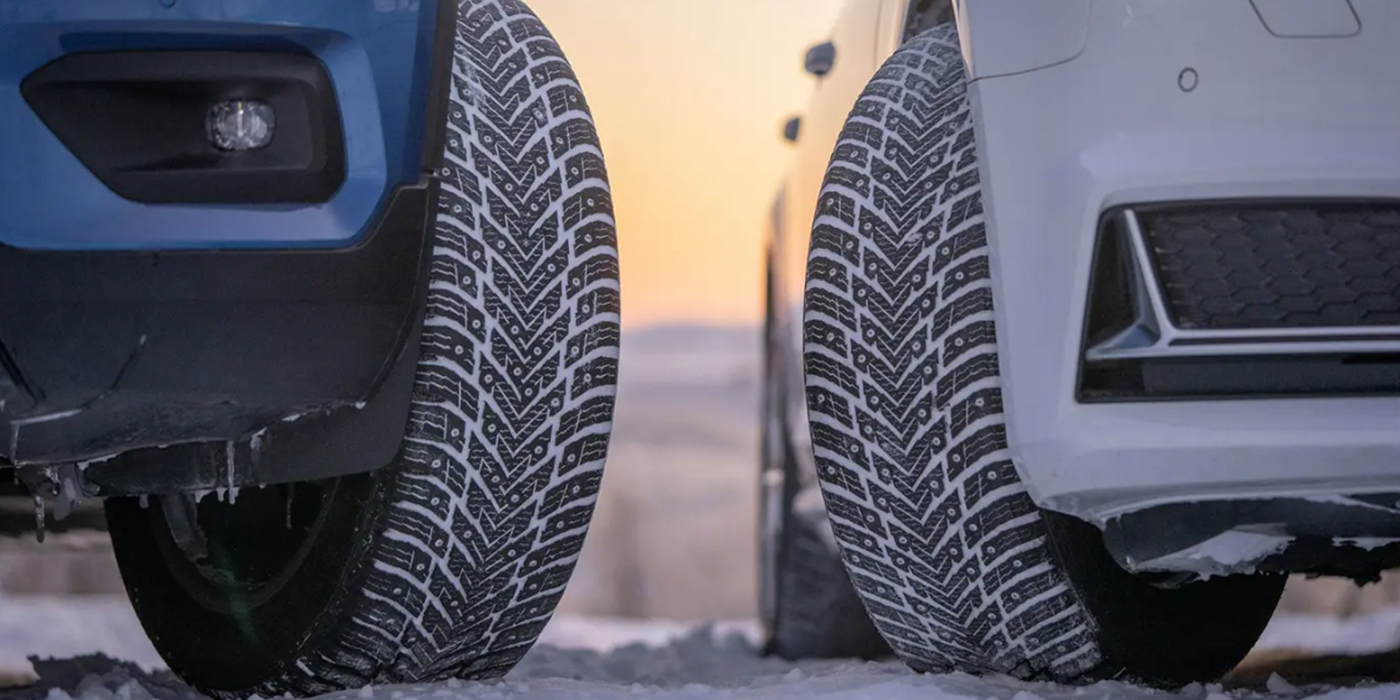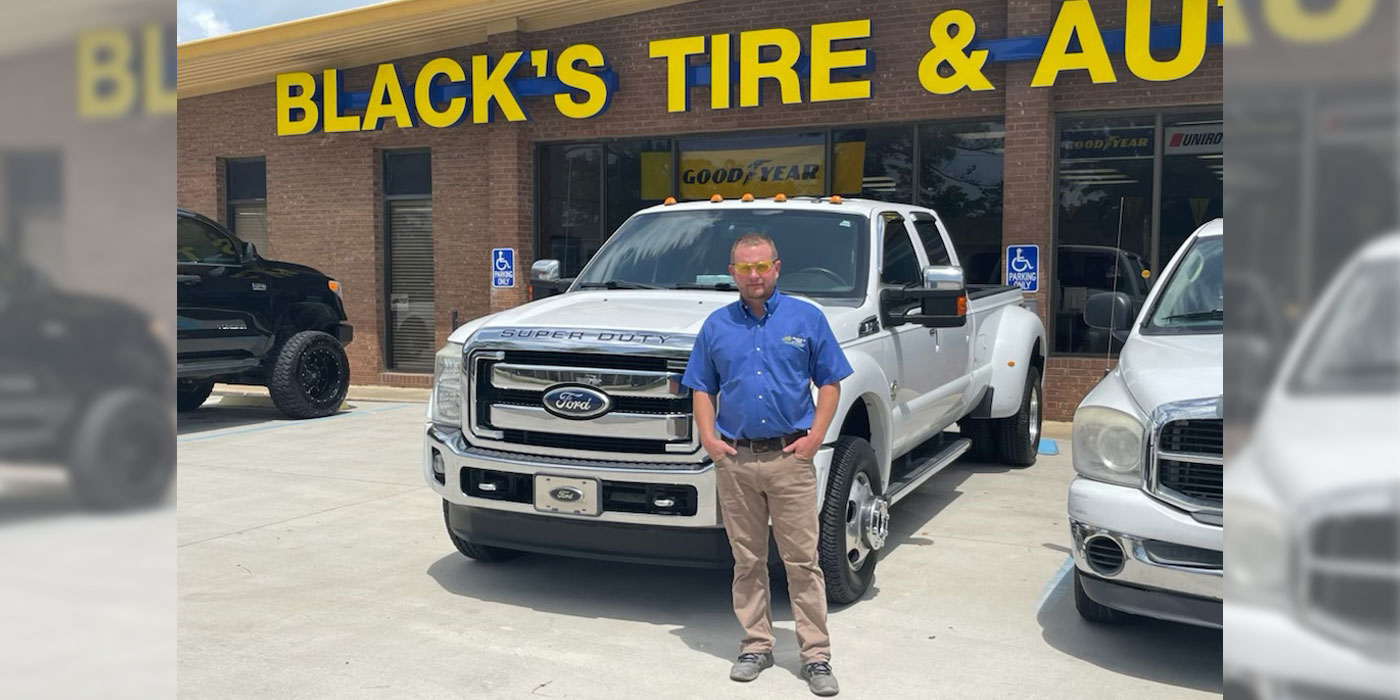Since first arriving on the automotive scene nearly 30 years ago, Myles Kovacs has been entrenched in car culture, marketing and branding, and has an eye for spotting what’s next. Kovacs has a laundry list of accomplishments to back up why he’s the go-to guy for trendspotting: He co-founded DUB Magazine, an automotive lifestyle publication “named for the 20-plus-in. wheels then popular in the hip-hop scene,” as SEMA puts it. This spawned other businesses including custom events, toys, remote-controlled cars and video games. He was even a consultant for MTV’s “Cribs” show when it showcased high-performance vehicles.
In the late 2010s, Kovacs noticed a shift toward trucks, and as an avid off-roader, he decided to dive right in, creating two additional off-road magazines under the DUB brand. All this and he has launched a handful of wheel businesses, most notably TIS Wheels, which is currently distributed by ATD.
That led Kovacs to his latest gig of partnering with ATD to develop a tire – the TIS UT1 for UTVs.
We caught up with Kovacs earlier this year to talk about the launch of the tire, what he’s seeing in terms of wheel trends for trucks and how trends evolve to bring about new design concepts.
What’s Hot Now
When asked about today’s trends in wheel design, Kovacs said the bigger the better.
“There’s always this fight to go bigger for the show guys. There’s 32-in. tires and wheels coming out this year, which are just massive, but the trend is there because the price is actually going down,” he says.
Beadlocks, a mechanical device that secures the bead of a tire to the wheel of a vehicle, are also up for debate: Are they necessary in off-road driving, especially in racing?
“We’ve done a lot of testing and worked with a lot of the Tier 1 tire companies, and really, if you’re aired up, you really don’t need a beadlock. It’s when you’re airing down.” he says. “I think the beadlock in certain areas is going to disappear and be hopefully replaced with a lighter, easier technology.”
Kovacs admits that, “there are a lot of moving parts right now on off-road.” Looking at 80% of the market, he sees that consumers want something that looks different when it comes to their wheels.
“Colors have started to become important in wheels. People are looking for something to individualize themselves and their vehicles,” he adds. “Also finishes. Right now, the aspiration is for forged wheels. Forged is a high polish finish. It’s bright. You can’t emulate that with a cast wheel, which is a lower cost wheel.”
As forged wheels become hot, Kovacs feels the trend will eventually shift back to chrome becoming more popular.
“It goes all black, then chrome and then it’ll start going to other stuff after,” he says. “History will repeat itself. Right now we’re in the late eighties, early nineties with trends.
How Trends Evolve
With partners in the fashion and music space, Kovacs has a keen sense of how trends change and why.
“Sometimes the market kind of stagnates with designs. It becomes stagnant because innovation becomes too progressive left and right. And then it goes retro. Right now, we’re in a retro phase,” he says. “So for us, it’s how do we design retro, yet be progressive. Just like in fashion. You’re seeing all these retro brands coming back, and that’s a great sign.”
Kovacs says the retro craze usually exists for five years and then the market shifts to something new.
“In the mind of the consumer, when you go too hard left or right, they lose track of what’s hot anymore. You have to take it back to retro and start morphing into what’s the new thing, just like music,” he says. “We feel the fifth year’s coming up. We want to ride that wave of new product development as that cycle goes.”
This article appears courtesy of Tire Review.

